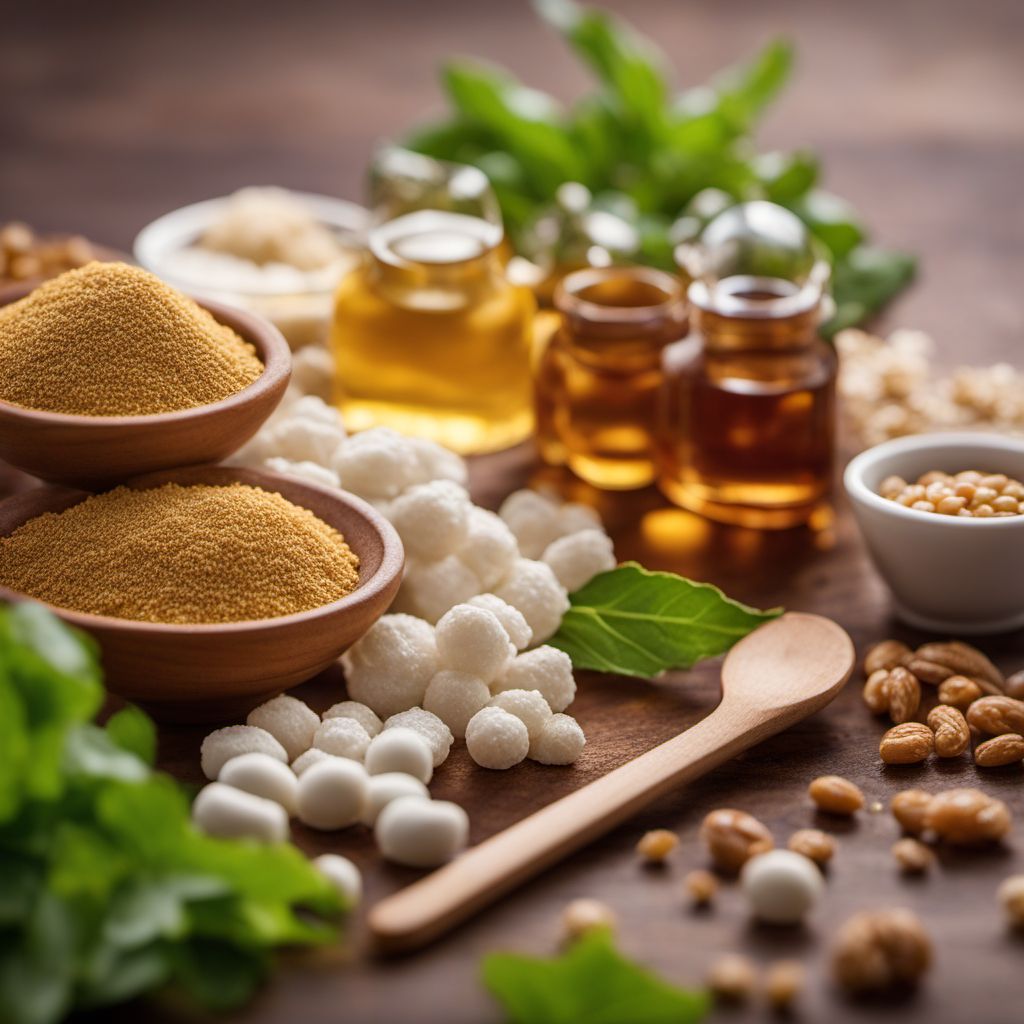
Ingredient
Microbiological or enzymatic ingredients
The Hidden Catalysts: Microbiological or Enzymatic Ingredients
Microbiological or enzymatic ingredients are typically in the form of powders, liquids, or pastes. They are used in small quantities to impart specific flavors, tenderize meats, ferment foods, or improve the texture of baked goods. These ingredients are often invisible in the final product but contribute significantly to its taste and characteristics.
Origins and history
The use of microbiological or enzymatic ingredients in food preparation dates back centuries. Fermentation, for example, has been practiced for thousands of years to preserve food and enhance its flavor. Microorganisms such as yeast, bacteria, and molds have been harnessed to create various culinary staples like bread, cheese, and fermented beverages.
Nutritional information
Microbiological or enzymatic ingredients are not significant sources of nutrients and are typically used in small quantities, so their nutritional impact is minimal.
Allergens
Microbiological or enzymatic ingredients may contain allergens derived from the microorganisms or enzymes used in their production. Individuals with specific allergies or sensitivities should check the ingredient labels or consult with a healthcare professional.
How to select
When selecting microbiological or enzymatic ingredients, look for reputable brands or suppliers that adhere to strict quality control measures. Check the expiration date and ensure that the packaging is intact. Store these ingredients according to the manufacturer's instructions to maintain their potency and effectiveness.
Storage recommendations
Microbiological or enzymatic ingredients should be stored according to the manufacturer's instructions. Some may require refrigeration, while others can be stored at room temperature. Always keep them in airtight containers away from moisture, heat, and direct sunlight to maintain their quality and effectiveness.
How to produce
Producing microbiological or enzymatic ingredients at home requires specialized knowledge and equipment. It is best to leave their production to professional manufacturers who have the expertise and facilities to ensure safety and quality.
Preparation tips
Microbiological or enzymatic ingredients can be used in various culinary applications. For example, enzymes like papain or bromelain can be used to tenderize meats, while microbial cultures like yeast or bacteria can be used to ferment dough or create probiotic-rich foods. These ingredients are also commonly used in the production of cheese, yogurt, sausages, and baked goods to enhance their flavor, texture, or shelf life.
Culinary uses
Microbiological or enzymatic ingredients are widely used in the food industry and are found in a variety of processed foods, baked goods, dairy products, and fermented foods. They are commonly available in grocery stores, specialty food stores, and online retailers.

